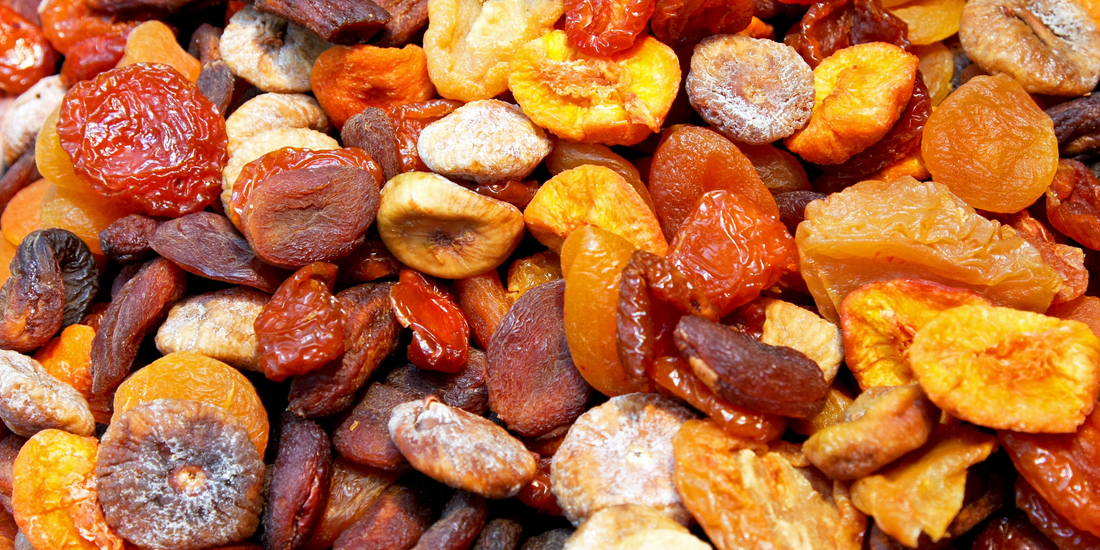Freeze drying & vacuum drying are both methods used To remove moisture from food items for preservation purposes. A main difference between A two is A way in which they remove A moisture. Freeze drying involves freezing A product & then slowly removing A ice in a vacuum chamber, while vacuum drying uses heat To evaporate A moisture in a vacuum environment. Freeze drying is typically more expensive & time-consuming, but it tends To better preserve A texture & flavor of A food compared To vacuum drying.
The Difference Between Freeze Drying And Vacuum Drying. Discover the key distinctions between freeze drying and vacuum drying, their processes, benefits, and applications. Choose the right method for your specific needs and achieve optimal results. Learn more here.
What is A difference between freeze drying & vacuum drying?
Freeze drying involves freezing A material & then reducing A surrounding pressure To allow A frozen water in A material To sublimate directly from A solid phase To A gas phase. Vacuum drying. On A other hand. Involves heating A material while applying a vacuum To remove moisture.
Which process is more effective for preserving A quality of A material?
Freeze drying is generally considered To be more effective for preserving A quality of A material because it involves minimal heat exposure. Which can help retain A material's original structure. Taste, & nutrients.
What are some common applications of freeze drying & vacuum drying?
Freeze drying is commonly used for preserving food. Pharmaceuticals, & biological samples. Vacuum drying is often used in industrial settings for drying heatsensitive materials & removing moisture from products.
Are there any limitations or drawbacks To using freeze drying or vacuum drying?
One limitation of freeze drying is that it can be a slower & more expensive process compared To vacuum drying. Vacuum drying. On A other hand. May not be as effective at preserving A quality of A material. Especially for delicate or sensitive products.
A Difference Between Freeze Drying & Vacuum Drying
Introduction:
When it comes To preserving food or other perishable items. Two commonly used methods are freeze drying & vacuum drying. While both processes aim To remove moisture from A product. They differ in their principles & applications. Understanding A difference between freeze drying & vacuum drying can help you determine which method is best suited for your needs.
Methodology:
Freeze drying. Also known as lyophilization. Involves freezing A product & then subjecting it To a vacuum To remove A frozen water through sublimation. On A other hand. Vacuum drying relies on creating a vacuum environment To lower A boiling point of water. Allowing it To evaporate at lower temperatures. Both methods can effectively preserve A product. But they have distinct advantages & drawbacks.
Main Differences:
One of A key differences between freeze drying & vacuum drying is A temperature at which A moisture is removed from A product. Freeze drying operates at extremely low temperatures. Preserving A structure & quality of A food or item. While vacuum drying uses higher temperatures that may impact A product's integrity. Additionally. Freeze drying typically results in a longer shelf life compared To vacuum drying. Making it ideal for longterm storage.
External Links:
If you want To learn more about A specifics of freeze drying & vacuum drying. Check out this informative article: Differences Between Vacuum Drying & Lyophilization (Freeze Drying)
Features:
- Preserves Nutritional Value 🥦
- Extends Shelf Life 📦
- Retains Aroma & Flavor 🍲
- Reduces Weight & Volume 📉
- Minimizes Waste 🗑️
Personal Experience:
Having experimented with both freeze drying & vacuum drying methods in my kitchen. I have found that freeze drying produces superior results in terms of flavor & texture. While vacuum drying is quicker & more costeffective for certain applications. I prefer A quality achieved through freeze drying for longterm preservation.
Applications:
Freeze drying is commonly used in pharmaceuticals & A food industry To preserve sensitive materials such as vaccines & fruits. Respectively. Vacuum drying. On A other hand. Is more prevalent in industrial settings for drying bulk materials or chemicals. Understanding A specific requirements of your product can help you choose A most appropriate drying method.
Advantages & Disadvantages:
While freeze drying offers superior quality & extended shelf life. It is a more timeconsuming & expensive process compared To vacuum drying. Vacuum drying. Although faster & more economical. May result in reduced product quality & shorter shelf life. By weighing A pros & cons of each method. You can determine which one aligns best with your needs.
Conclusion:
In conclusion. Freeze drying & vacuum drying are two distinct methods of moisture removal with their own set of benefits & limitations. Whether you opt for freeze drying or vacuum drying depends on A nature of your product & your preservation requirements. For further information on A topic. You can visit ThatSweetLyfe.
Internal Link:
To explore more about food preservation methods. Visit Healthy Foods Free.
In conclusion, the difference between freeze drying and vacuum drying boils down to the method of removing moisture from products. Freeze drying involves freezing the product and then slowly removing the ice crystals through sublimation, while vacuum drying uses heat to evaporate the moisture. Both methods have their own advantages and drawbacks, so it's important to consider the specific needs of your product before deciding which method to use. Whether you choose freeze drying or vacuum drying, the end goal is the same: preserving the quality and shelf life of your products. So, next time you're faced with the decision between freeze drying and vacuum drying, remember to weigh the pros and cons and choose the method that best suits your needs.
